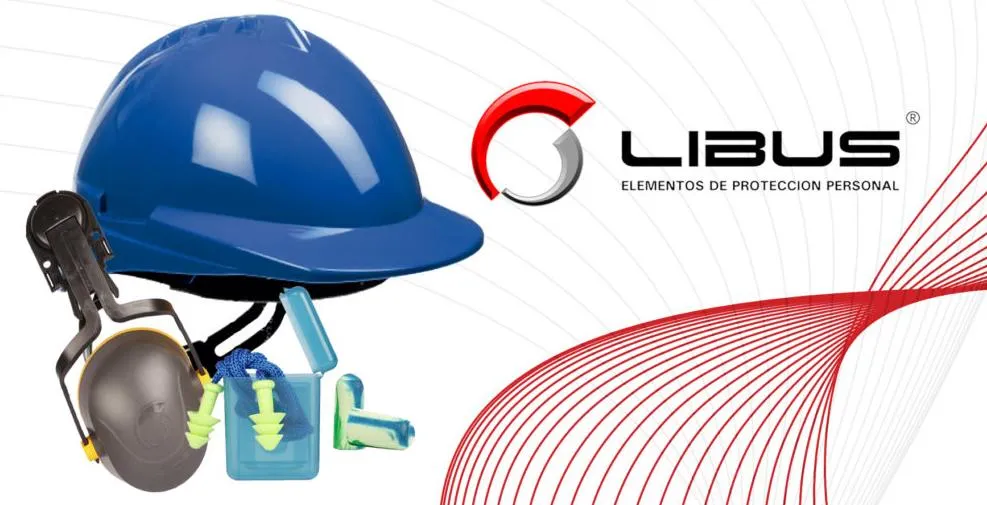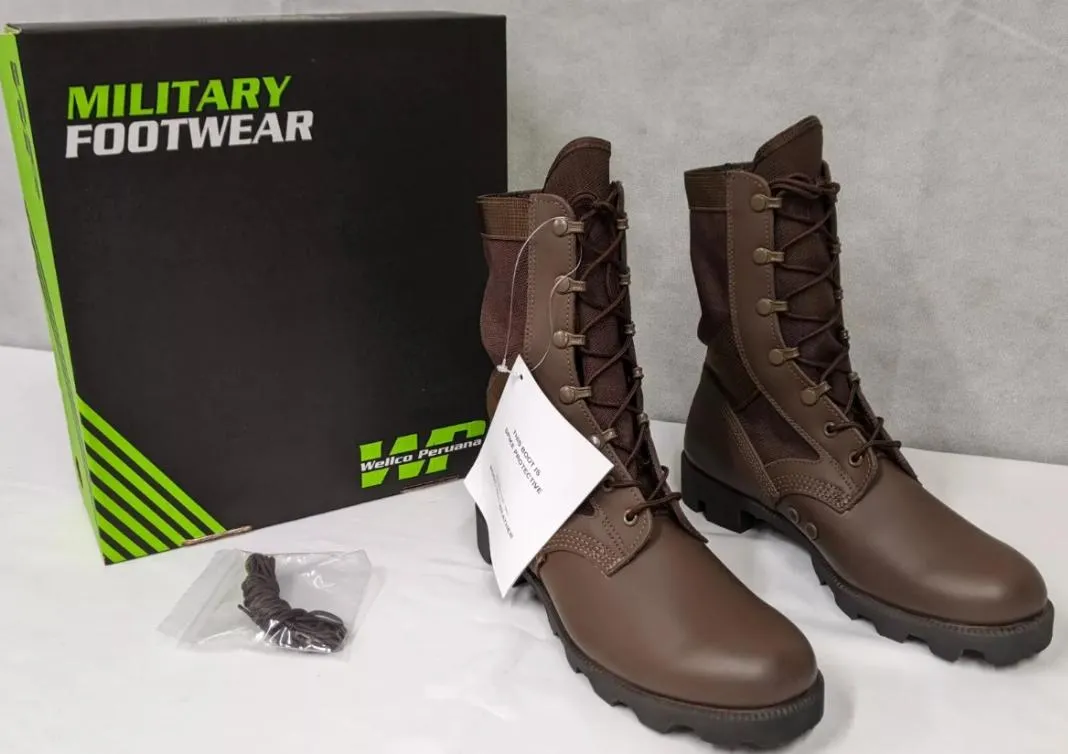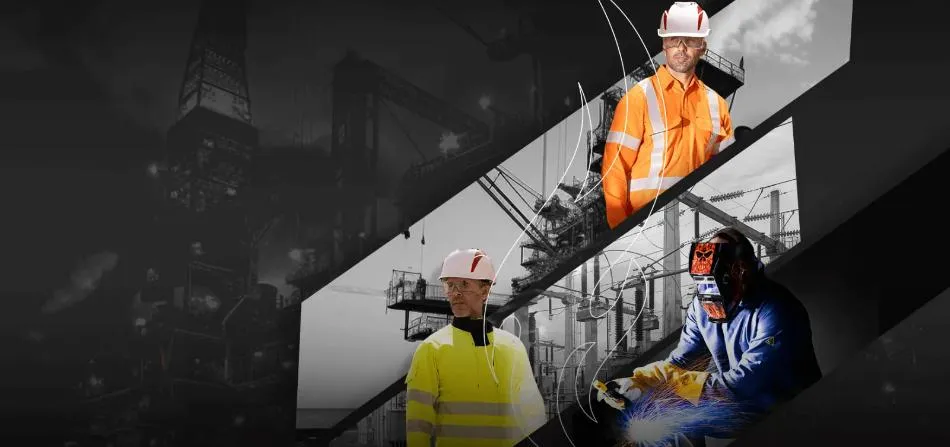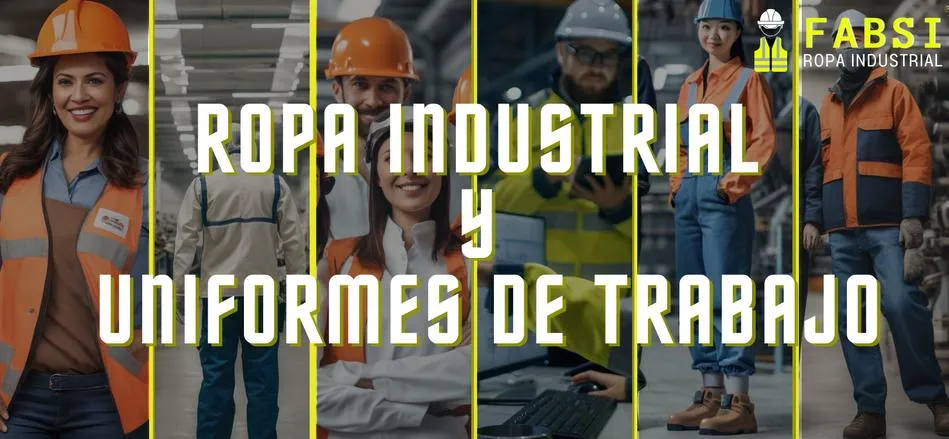Buying PPE in Peru isn’t easy—some factories deliver late, others lack proper safety certifications. For companies needing large quantities of protective gear, choosing the wrong PPE factory can cause serious problems. That’s why I’ve ranked the Top 13 PPE Factory In Peru 2025. This guide highlights factories that are reliable, certified, and experienced in supplying hospitals, industries, and exporters worldwide.
How I Rank the Top PPE Factories in Peru (2025)
To rank the top PPE factories in Peru for 2025, I use a detailed assessment. My process looks at hard numbers and, just as important, the experience of people using the equipment.
My Key Evaluation Areas
Production Power:
I evaluate each PPE factory‘s annual PPE output. I check how reliable their shipments are and how fast they can increase production when needed. From my experience visiting factories in Lima, the best ones maintained a steady output during high demand. I confirmed this through my own site inspections and by reviewing their detailed production reports.
Product Innovation:
I give higher marks to factories that are creating smart PPE. This includes gear with IoT-enabled safety monitoring or virtual reality training tools. I also suggest choosing companies that apply new materials or manufacturing methods to handle new workplace dangers.
Green Practices:
I recommend PPE factories that are serious about sustainability. They should use energy-saving processes, reduce waste, and choose environmentally friendly materials. I find that using tools like heat map analysis to track their environmental footprint shows a strong commitment. I use a sustainability checklist to guide my audits.
My Standards and Market Checks
Certifications:
For a PPE factory to make my list, it must hold current ISO 45001, ISO 9001, and ANSI certifications. I personally verify compliance by auditing their documents and conducting site reviews.
Market Footprint & User Feedback:
I analyze a PPE factory’s market share, both within Peru and in its export markets. Delivery performance is also a key factor for me. I gather and study customer reviews to measure satisfaction, comfort, and post-sale support. To keep my rankings accurate, I constantly feed new survey data into my analysis.
The Tools I Use
I use a scoring grid and heat maps. These tools help me rate and visualize a PPE factory’s performance on safety, quality, and innovation.
I regularly re-check safety records and factory performance. This practice guarantees my rankings reflect the most current data.
In my view, the fit and comfort of PPE are critical. Based on my experience, positive feedback on these factors shows a strong link to improved safety outcomes.
Peru’s Top 13 PPE Factory: My Look at Their Strengths
1. Morntrip: My Top Pick for Non-Woven PPE Factory
From my experience, Morntrip is a leading PPE factory in Peru. They have over 20 years of experience with non-woven protective gear. Their PPE factory is huge, at 50,000 square meters. It can make 30 million flat masks and 5 million dust masks every month. They also produce 600,000 protective coveralls and 1 million isolation gowns monthly. I like how Morntrip provides for many different industries:
- Industrial protection:
Disposable respirators, protective clothing, and gloves. - Medical supplies:
Masks, isolation gowns, surgical gowns, and lab coats. - Food industry PPE:
Disposable caps, beard covers, shoe covers, and TPE gloves. - Beauty industry:
Disposable underwear and towels.
All of Morntrip PPE factory’s products meet EN, ASTM, and ISO standards. I’ve seen them handle big orders for global companies and governments in more than 120 countries. About 80% of their production is automated. They make their own non-woven materials, which cuts delivery time by 5 to 7 days. They have over 400 skilled technicians. This ensures good quality, high production, and fast delivery. I recommend them for anyone needing large amounts of PPE.
2. Veguza S.A.: Top PPE Factory With Safety and Certification
Veguza S.A. started several decades ago. I find they are a key PPE factory in Peru’s PPE market. They were one of the first to use new PPE technologies. The company provides top-notch safety products. They are also serious about using sustainable methods. They keep investing in safety certifications. This has earned them a lot of trust from their industrial customers.
3. GRUPESAC: A Versatile PPE Factory
GRUPESAC sells a wide variety of PPE. This includes protective clothing, high-visibility vests, and workwear for industrial jobs. Based on my observations, this factory is great at custom orders. They work with construction, mining, and government clients. They respond quickly to special PPE requests.
4. IMEGA S.A.C.: Leather PPE Factory for Heavy Industry
I think of IMEGA S.A.C. when I need leather PPE. They make gloves, jackets, aprons, and welding gear. They are a local leader in Lima for the mining and metalworking fields. People praise their products for being durable and comfortable to wear.
5. Libus Latam: Advancing Head Protection Technology
Libus Latam is a major force in the market for head protection. This includes helmets, face shields, and ear protection. They supply gear for Peru’s big industrial and infrastructure projects. I like that they always research and develop new products with better impact resistance and comfort. Their equipment is tested to meet both local and world safety standards.
6. CBK S.A.C.: Certified PPE Factory in Peru
CBK S.A.C. has several ISO certifications. They offer a full line of PPE, including gear for breathing, fall, and chemical protection. I suggest them if you need strong quality control. They inspect everything carefully and have labs to test products on-site. This makes their gear very reliable.
7. Wellco Peruana: PPE Factory for Safety Footwear
Wellco Peruana is a specialist in safety footwear. They make boots and shoes with steel toes, non-slip soles, and protection from electrical shocks. From what I’ve seen, their products are popular in mining and construction. This is because they are durable and strictly follow safety rules.
8. IMARK Safety: Integrated PPE Kits for Diverse Industries
IMARK Safety provides custom PPE kits. I recommend them for large contracts in healthcare and manufacturing. Their kits can include gloves, helmets, and breathing protection. Each kit is put together for the specific risks of a job.
9. SIAPO WORKWEAR: PPE Factory in Custom Industrial Uniforms
SIAPO WORKWEAR excels at making custom uniforms. They also produce flame-retardant overalls and protective clothing for oil, gas, and utility companies. They are known for their embroidery work and quick delivery. I think they are a great choice for businesses that want personalized, branded PPE.
10. Confecciones Masitex: High-Volume PPE Apparel Manufacturer
Confecciones Masitex has efficient production lines. They create uniforms and clothing for hospitals, hotels, and city governments. They use modern textile technology. This guarantees quality products and on-schedule delivery for large orders.
11. Deltatex: Specialized in Durable Textile PPE
Deltatex makes strong PPE clothing. This includes lab coats, flame-resistant items, and reusable face masks. I appreciate that all their items are tested for washing and durability. This makes them suitable for long-term use in hospitals and labs.
12. Maxi Ropa Industrial: Bulk PPE Production Powerhouse
Maxi Ropa Industrial stands out to me because they can handle massive orders. They can provide coveralls, safety gloves, and safety vests in bulk for large clients. The PPE factory uses automated cutting and construction. This helps them stay efficient and handle growing demand.
13. FABSI S.A.C.: Fast-Growing Textile PPE Factory
FABSI S.A.C. makes affordable protective clothes, lab wear, and disposable gear. I suggest them for small and medium-sized businesses in Peru. They are a growing PPE factory in the market. FABSI provides good value for a variety of industries.
Sustainability and Innovation: The Future of Peruvian PPE Factory
I’m impressed with how Peruvian PPE factories are changing. They are using sustainable materials and new tech. They are also selling to more countries. This effort builds Peru’s name for making high-quality PPE that is good for the planet.
Adoption of Sustainable Materials in PPE Production
I’ve noticed many PPE factories now use certified organic cotton. Pima cotton is a popular choice. It’s soft and grown without harsh chemicals. These materials have GOTS or USDA Organic labels, which means they have a smaller environmental impact.
They are also improving the dyeing process. I suggest looking into their use of low-impact dyes and closed-loop water systems. These systems reuse up to 80% of their water. They also cut wastewater by about 50%. I believe this is a big deal, as dyeing can cause 20–25% of a garment’s harm to the environment.
More PPE factories are using recycled fiber blends. For example, I see them mixing recycled polyester (rPET) with local Peruvian cotton and alpaca. This helps them use fewer new materials.
In my opinion, Alpaca fiber is a great sustainable material that performs well. Peru provides around 80% of the world’s alpaca wool. This fiber is also hypoallergenic and biodegradable. It helps regulate temperature, which makes it a good fit for PPE.
PPE factories are also using natural minerals and plant-based dyes. For example, they use cochineal for red and indigo for blue. I like that this method uses local traditions. It also cuts down on chemical pollution to create responsible colors.
Technological Advancements and Smart PPE
Based on my experience, traceability is key. Some top Peruvian PPE factories use blockchain-based digital tracking systems. You can follow a garment from the raw fiber to the final item. I recommend using the QR codes on the PPE. You can scan them to check the product’s origin, certifications, and supply chain facts.
Factories are adding smart PPE features to their wearable gear. I find it fascinating how they mix biotech with traditional fiber methods. This lets them add sensors, antimicrobial coatings, and temperature control to fabrics.
Modern machinery for dyeing and finishing makes sure all products are consistent. This equipment also reduces waste. It allows factories to make custom PPE for international clients.
Export Opportunities and Global Market Reach
Eight top Peruvian PPE brands have launched new PPE collections. They are showing off the quality of Peruvian alpaca and Pima cotton as top-tier, sustainable options.
Peru’s PPE industry gets help from special trade deals and export rewards. These benefits, for organic products in particular, make their PPE more competitive in North America and Europe. From what I’ve seen, this gives them a real advantage.
I suggest looking for factories with certain certifications. Labels like Fair Trade, BSCI, or WRAP attract buyers. These buyers care about ethical labor, social good, and green production methods.
Fair trade programs connect local Peruvian artisans to the world market. I think it’s great that this supports jobs in rural areas. It also shows Peru’s special way of making sustainable and new PPE.
How to Choose the Best PPE Factory Partner in Peru: Compliance, Capacity, and Cost
From my experience, picking a top PPE factory in Peru means looking for a few key things. You need a partner who follows the rules, can handle your order size, and is open about their prices. I suggest this approach for making a solid choice in 2025:
My Checklist for Vetting Peruvian PPE Suppliers
- Certifications:
I recommend you work with a PPE factory holding valid SANS, EN, CE, ANSI, and ISO certificates. Ask for proof. You should also get current test reports for every product they supply. - Experience:
I suggest picking a PPE factory with at least 3 years of proven experience in your specific PPE category. I give extra points to factories that have worked with large global companies. - Compliance Checklists:
You should review their technical data sheets. Make sure they have a record of meeting both local and international standards. - Order Capacity:
Make sure the PPE factory can produce and ship large orders. Your starting point might be 10,000 units or more. They need to meet a delivery window of 20–45 days. - Clear Pricing:
I ask for a detailed price list with tiers for different quantities. You can get a 7–15% discount on large orders, for instance, on contracts for over 10,000 units. I recommend that you negotiate for the best deal. - Samples and Site Visits:
In my opinion, you must visit the PPE factory in person. You should also get a batch of samples to send for your own third-party testing. I use a scorecard and set 75% as the passing score. - Support after the Sale:
See how quickly they respond to problems. What does their after-sales service include? I also suggest asking for PPE factory support letters if you need them. - Contract Terms:
Your agreement should lock in your prices for a set period. It should also give you the right to perform quality audits. I recommend arranging for free samples and defining penalties for any late or bad orders.
My Final Thought:
I recommend focusing on open PPE factories, have certified quality and can handle large orders. Look for positive audit results. This approach helps me find a partner I can count on for quality PPE.
Sourcing PPE from Peru: Why It’s a Smart Move and How to Connect
Based on my experience, Peru’s PPE factories are an excellent source for high-quality, well-priced protective equipment. They offer several key advantages that make them stand out.
Why I Recommend Peruvian PPE Factories for Global Sourcing?
Great Location for Shipping: Factories are often located near the Port of Callao. This means they can ship quickly to North America, Asia, and Europe. Their position on the Pacific coast helps speed up global deliveries.
Skilled Workers and Local Materials: Peru has a skilled workforce and sources many raw materials locally, mainly from its farming, mining, and textile industries. Combining local labor and materials makes production more efficient and lowers costs.
Modern Factory Technology: Many top facilities now use automation, AI, and data analytics. The smart factory sector for PPE, specifically for mining and automotive needs, grew at a CAGR of 8.3% between 2024 and 2030. This has boosted production efficiency and product quality.
Meeting Global Standards: When global PPE brands like Kimberly-Clark come to Peru, they bring technology and raise quality standards. Local factories hold important certifications like ISO 9001 and CE, meeting tough international requirements.
Helpful Trade Agreements: Peru’s membership in the CPTPP and other trade deals gives you an edge. I suggest you take advantage of the lower tariffs and easier access for buyers in major markets.
How to Contact and Buy From Top Peruvian PPE Factories?
I find that getting in touch with leading PPE factories in Peru is simple because of their organized support systems.
- Contact Companies Directly: I suggest reaching out to factories yourself. Most have export desks and website contact forms for international buyers.
- Use Industry Associations: The Peruvian Exporters Association (ADEX) provides current member lists with verified contact information.
- Check the National Society of Industries (SIN): This group offers B2B connections to certified PPE makers.
- Visit Official Trade Websites: Government groups like PromPerú have directories of approved PPE manufacturers that they keep updated.
- Talk to Brands: Big players, including well-known brands with a base in Peru, have local contacts who can help with your inquiries.
Government Support for Buying from Peruvian PPE Factories
The Peruvian government offers strong support for its local PPE industry and exports through these measures:
Lower income taxes, and in some cases, no taxes, for companies that focus on exports
Grants for technology and sustainability to help factories modernize
Financial help for getting international safety and health certifications
Easier access to loans and export insurance from state banks
Simpler export rules, such as lower tariffs on certain PPE and faster customs processing
Industry Facts and Compliance
Peru’s PPE market is growing. We expect to see it increase every year through 2030. Disposable healthcare PPE is the fastest-growing part of the market.
Exports to the US, EU, and Latin America have climbed since 2023.
From 2022 to 2025, the number of Peruvian factories certified for export grew by 24%.
Top certifications include ISO 9001, ISO 13485, and the European CE Mark. Government grants often help factories get these.
You must follow export rules for all international shipments. I’ve found that assistance is available for the US FDA and EU certification paths.
Summary:
In my opinion, buyers will find that Peruvian PPE factories are very competitive. They benefit from strong government incentives, modern manufacturing, clear ways to get in touch, and proven compliance with global standards.







